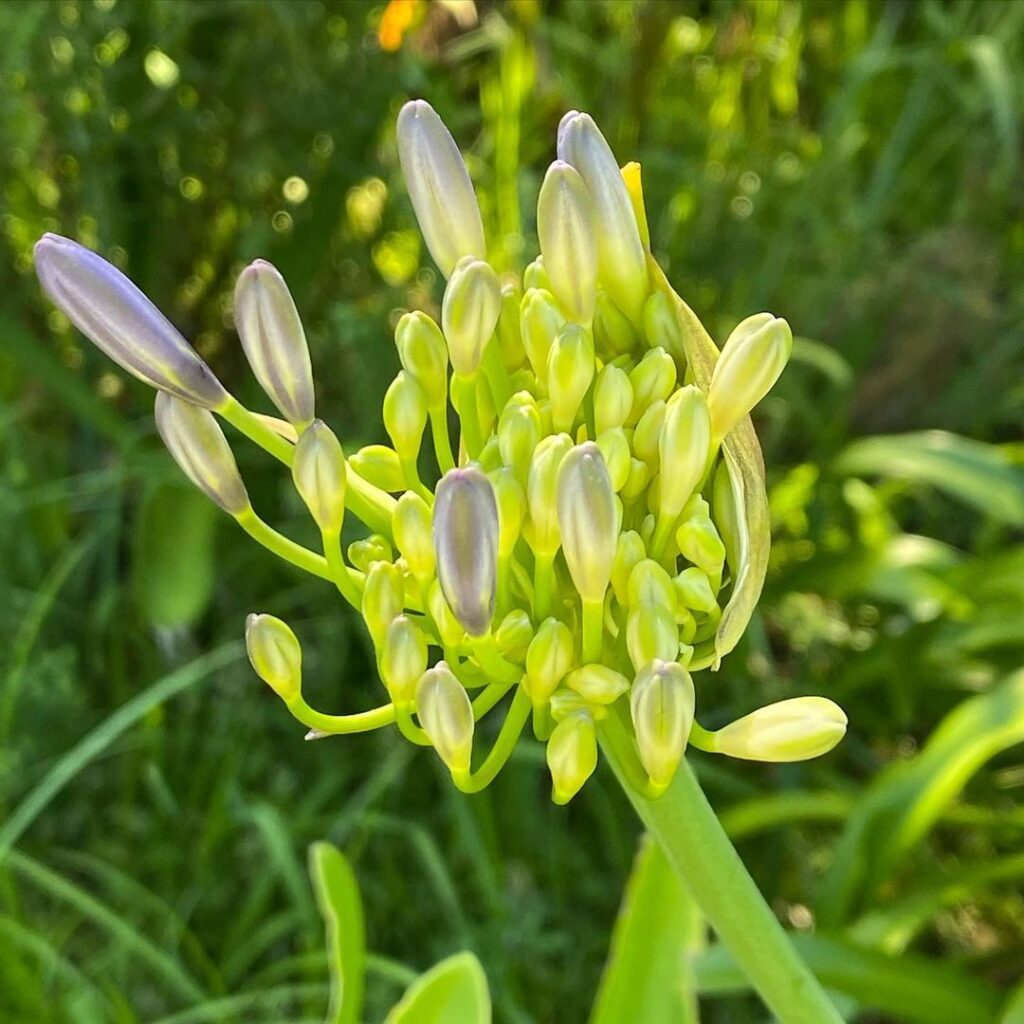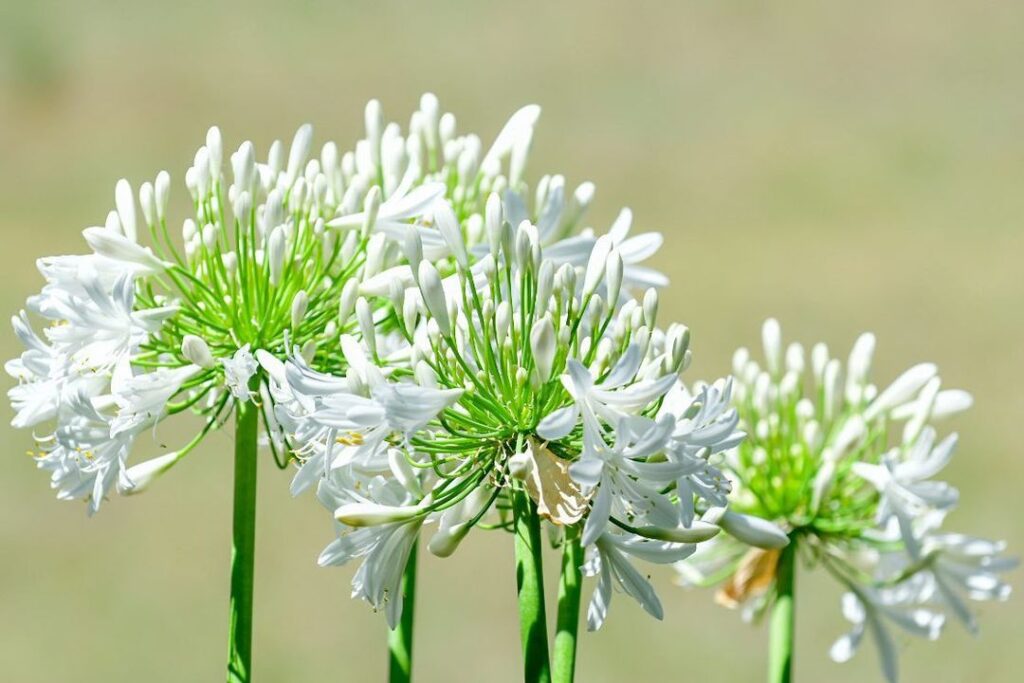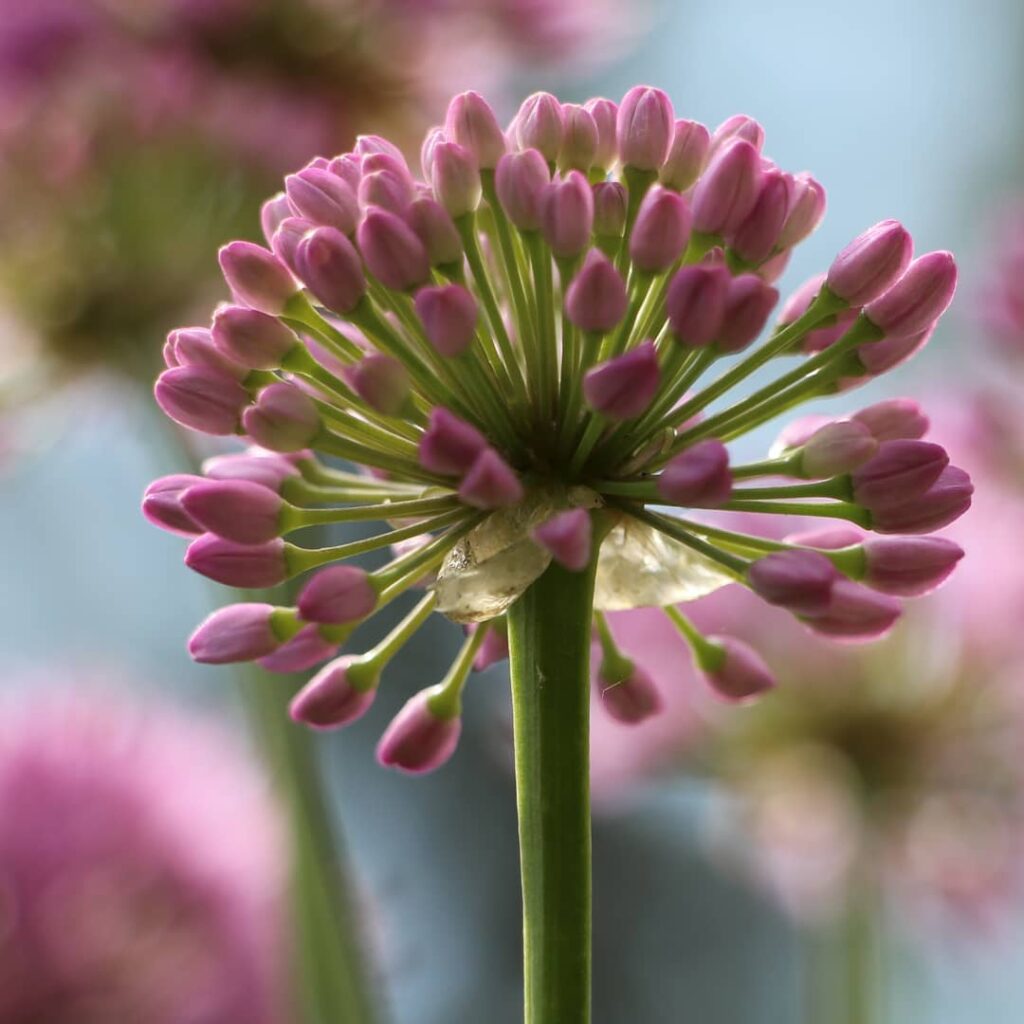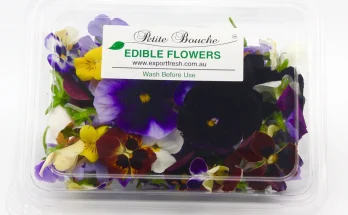
Most commonly known as the Lily of the Nile, African Blue Lily, and African Lily. The name Agapanthus comes from the Greek agap, meaning love, and anthos, meaning flower, translating broadly as the flower of love. The agapanthus are native to South Africa and there are between six and ten species of the plant. Agapanthus flowers are usually blue, purple or white in colour, although a variety with pink tips is also available. They are grown from seed or division of their roots and are classified as an invasive weed in some countries such as New Zealand.
Blossoms of the agapanthus appear in clusters at the tips of blooming stems. As these come up from the foliage, the blue blooms are held within a tight green bract to protect them from damage. As they mature, the bracts pull back to reveal many small blue buds. These then open in succession, starting at the bottom and working their way up.



Also read about: How flowers can help during the coronavirus pandemic
The agapanthus prefer sunny conditions and do not like cold, and are often potted in warm areas during cold seasons and are best grown close together, producing a spectacular wave of colour in a garden and are great plants to grow along fences and driveways.

Agapanthus is a showy, widely grown plant for its exotic blue or white flowers and is considered to be both a magical and a medicinal plant, and the plant of fertility and pregnancy. Xhosa women use the roots to make antenatal medicine, and the Zulu use agapanthus to treat heart disease, paralysis, coughs, colds, chest pains and tightness.

Warning: Extreme caution should be taken when handling the Apaganthus plant, as it is poisonous if ingested and a skin irritant. Those with sensitive skin should wear gloves when handling the plant.



